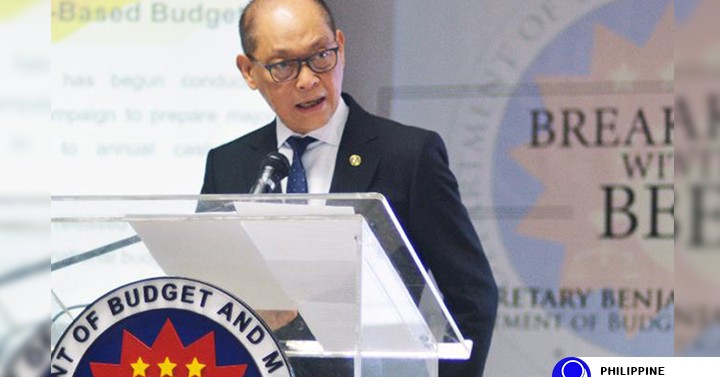THE Bangko Sentral ng Pilipinas (BSP) is ready “to employ its policy tools as necessary” to address the impact of the coronavirus disease (COVID-19) on the country’s economy, according to BSP Governor Benjamin Diokno.
“The BSP is ready to use its entire arsenal of instruments in a timely manner to address the macroeconomic impact of COVID-19. In line with this, the BSP will continue to monitor market conditions for any emerging risks to our outlook for both inflation and economic activity, in order to ensure our readiness to deploy policy responses and measures, as warranted,” Diokno said.
Diokno also said the BSP expects the Philippines’ growth to slow down significantly in 2020.
The government yesterday announced that the country’s gross domestic product contracted by 0.2 percent in the first quarter.
“The further extension of the ECQ (enhanced community quarantine) measures until May 15 is expected to negatively impact on domestic economic activity. The BSP expects a U-shaped growth trajectory with economic activity rebounding vigorously once the ECQ is lifted,” Diokno said.
He added that a contraction ranging from 1.0 percent to 0.0 percent is forecasted for 2020 but is expected to bounce back to 7.8 percent growth in 2021.
Diokno stressed that the BSP has taken “swift, pre-emptive, and substantial steps to ensure adequate liquidity in the financial system and the continued delivery of financial services.”
The BSP has reduced by a total of 125 basis points the policy rate. Diokno said this is “appropriate to cushion the country’s growth momentum and boost market confidence amid stronger headwinds.”
“The cuts in reserve requirement ratios — 200 basis points last April — as well as the approval of alternative modes of compliance, are also seen to help encourage banks to lend and channel credit especially to micro, small and medium enterprises,” Diokno added.
“We expect these monetary policy measures to have a cascading impact on market interest rates, which would eventually translate to lower borrowing costs for the government as well as for firms and people,” he also said.
Diokno said the BSP has likewise complemented these monetary policy adjustments with other liquidity-enhancing measures, including the temporary suspension of term deposit facility auctions, the reduction in reverse repurchase volume, and purchases of government securities in the secondary market.
“The BSP will remain vigilant as it considers a range of measures to combat the effects of the pandemic. We will continue to work with market participants and relevant government authorities to ensure that our policy responses remain timely and appropriate during these challenging times,” Diokno said.


